SOURCE: RAUNAK KUNDE / NEWS BEAT / IDRW.ORG
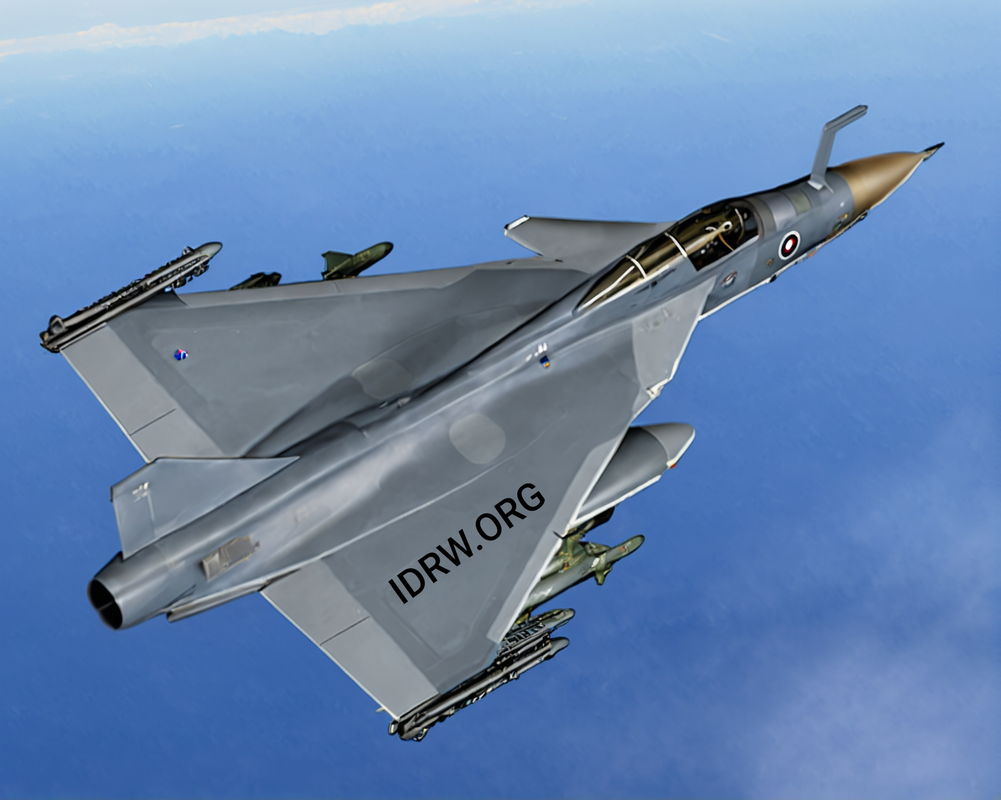
India’s Aeronautical Development Agency (ADA) is working diligently to ensure that the upcoming Tejas MkII fighter jet will closely match the capabilities of the highly regarded Dassault Rafale in several key areas. Sources close to the program, speaking to idrw.org on the condition of anonymity, revealed that the Rafale serves as a benchmark for engineers and designers involved in the Tejas MkII project.
The goal is to produce a fighter aircraft that can not only exceed the performance of the Mirage-2000 but also approach the advanced capabilities of the Rafale—a fighter that is considered one of the most formidable in service with the Indian Air Force (IAF).
Continue readingSOURCE: RAUNAK KUNDE / NEWS BEAT / IDRW.ORG
German shipbuilder ThyssenKrupp Marine Systems (TKMS) has informed the Indian Navy that its lithium-ion battery technology, developed in-house since 2015, will be installed and validated by around 2028. This battery system is being offered as part of the proposal for India’s Project-75I (P-75I), a submarine procurement program aimed at bolstering the Navy’s underwater capabilities. The lithium-ion battery technology is set to be integrated into TKMS’s T-214NG (Next-Generation) submarine design, which the company has pitched to India.
TKMS has been at the forefront of developing next-generation submarine batteries, starting research in 2015 and achieving the first major breakthrough in 2019, when the company conducted its initial tests. , TKMS plans to install the battery on the German Navy’s U-212A submarine, which will serve as a testbed.
Continue readingSOURCE: RAUNAK KUNDE / NEWS BEAT / IDRW.ORG
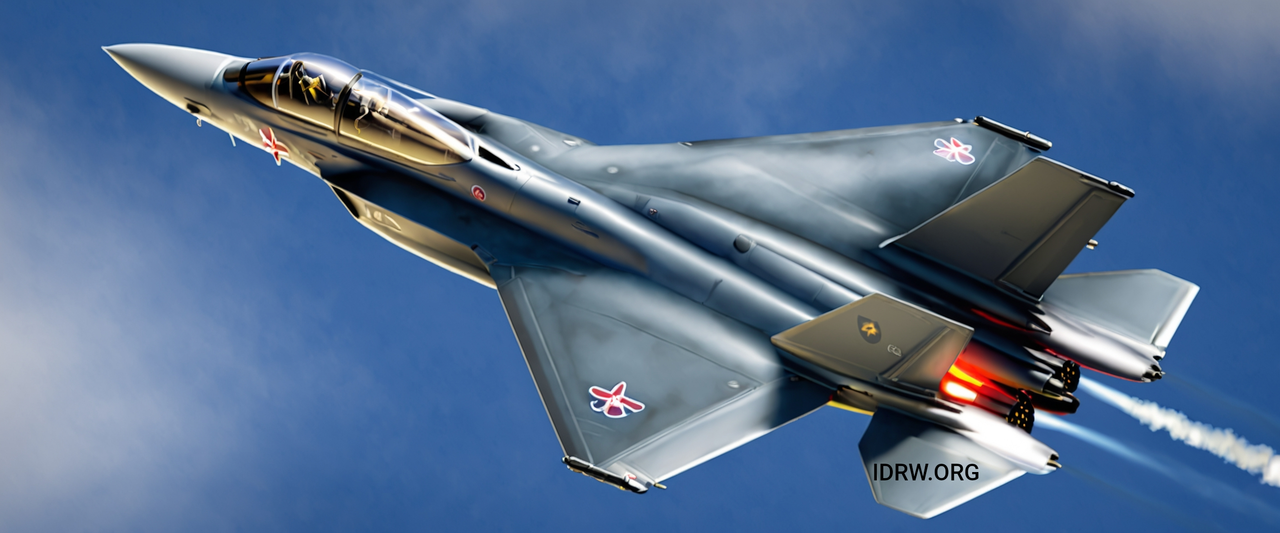
The Advanced Medium Combat Aircraft (AMCA) project, India’s ambitious attempt to develop an indigenous fifth-generation stealth fighter jet, is currently estimated to require an initial budget of ?15,000 crore ($1.8 billion). Spearheaded by the Aeronautical Development Agency (ADA) in collaboration with Hindustan Aeronautics Limited (HAL) and other key industry partners, this program is critical to the Indian Air Force (IAF) for future air combat capabilities.
However, high-ranking official sources close to idrw.org believe that the initial allocation will likely be insufficient for the full development and production of the aircraft, especially considering the technological and infrastructure challenges.
Continue readingSOURCE: AFI
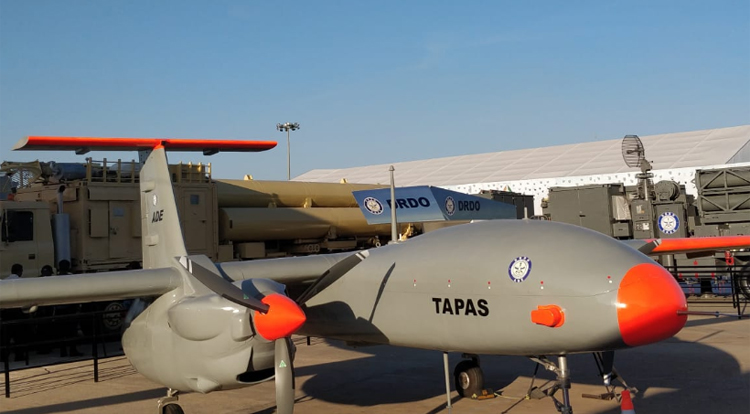
Vice Adm. Krishna Swaminathan, the Vice Chief of the Indian Navy, recently remarked on the state of India’s TAPAS (Tactical Advanced Platform for Aerial Surveillance) drones, noting that “the TAPAS drones in their current form do not entirely meet our requirements.” Swaminathan highlighted the Navy’s interest in acquiring MQ-9B SeaGuardian drones instead, which offer advanced capabilities that better align with the Navy’s current operational needs. However, he expressed optimism about TAPAS’s potential, stating, “We hope the next version of TAPAS will be much better. We look forward to that day when we can make such drones like the MQ-9B, and maybe TAPAS is the right way to go.”
The TAPAS UAV, developed by the Defence Research and Development Organisation (DRDO), is India’s premier long-endurance drone platform, intended for surveillance and reconnaissance missions. While the Navy and Army are keen on indigenous options, Swaminathan’s statement indicates that TAPAS requires further refinement to fully meet the Navy’s high-performance criteria.
Continue readingSOURCE: AFI

India’s recent acquisition of the MQ-9B Reaper drones from the United States has set off a wave of analysis among defense experts in Pakistan. Prominent Pakistani defense analyst Bilal Khan notes that India’s procurement of high-altitude, long-endurance (HALE) UAVs, such as the MQ-9B, may compel Pakistan to invest more in similar platforms, particularly for the Pakistan Navy (PN). Currently, Pakistan’s UAV fleet includes primarily medium-altitude, long-endurance (MALE) drones sourced from Turkey and China, and developed by its domestic defense industry. However, Pakistan lacks a comparable HALE UAV capability, which could create a strategic gap as India integrates these advanced drones into its military operations.
India’s acquisition of the MQ-9B Reapers, known for their endurance, altitude capabilities, and advanced surveillance systems, could significantly enhance its intelligence, surveillance, and reconnaissance (ISR) capabilities, particularly in maritime domains. These drones can operate at altitudes of up to 50,000 feet and remain airborne for over 24 hours, providing persistent ISR over wide areas, including critical maritime chokepoints and regions with high strategic interest. Pakistan’s current reliance on MALE UAVs, with relatively limited altitude and endurance capabilities compared to the MQ-9B, may create limitations in monitoring extended maritime areas or high-altitude regions.
Continue readingSOURCE: AFI

In a promising move for India’s aviation and Maintenance, Repair, and Overhaul (MRO) industry, the Indian Air Force (IAF) is planning to allow private airlines to use its facilities for aircraft repainting and maintenance services. This initiative aims to provide private carriers with a reliable domestic option, significantly reducing the need to fly abroad for MRO needs. With initial steps already in place, the IAF expects to finalize the contract within the next four to six months after reviewing responses from eleven Indian companies, marking a strategic collaboration between the armed forces and civilian aviation sector.
Aircraft repainting is a significant MRO service, often requiring private airlines to send aircraft to overseas facilities, incurring additional logistics and downtime. By opening its painting and maintenance facilities to private carriers, the IAF seeks to bridge a vital gap in India’s MRO sector, which is currently dominated by foreign service providers. This initiative not only reduces costs for airlines but also keeps revenue within the country, aiding the growth of domestic MRO capabilities.
Continue readingSOURCE: AFI

@nssdatta
The dual carrier fleet exercises recently conducted by both the Indian Navy and the People’s Liberation Army Navy (PLAN) have stirred interest and comparisons between the two regional powers. For the first time, each country showcased their respective twin carrier strike group (CSG) capabilities, underlining their ambitions to establish strategic maritime dominance in the Indo-Pacific. The Indian Navy’s CSG formation was led by INS Vikrant and INS Vikramaditya, while the PLAN’s formation featured the Shandong and Liaoning aircraft carriers.
Here’s a closer look at the carrier battle group (CBG) formations, focusing on their respective escorts, airpower, and strategic implications.
Continue readingSOURCE: ANI

The 15th edition of Exercise Vajra Prahar 2024, a joint military exercise between the Indian Army and the US Army Special Forces, will take place at the Orchard Combat Training Centre in Idaho, USA, from November 2 to November 22, according to an official Indian Army statement.
“The aim of Exercise Vajra Prahar is to promote military cooperation, strengthen interoperability, jointness, and mutual exchange of special operations tactics between the Indian Army and the US Army,” the Indian Army said via a post on X.
Continue readingSOURCE: UNI

The press wing of Bangladesh’s Chief Adviser of the interim government has dismissed reports by The Sunday Guardian, an Indian newspaper, regarding an alleged agreement between Bangladesh and France to purchase Rafale fighter jets.
In a statement on its Facebook page on Monday (October 27), the Chief Adviser’s Press Wing clarified that the interim government has no knowledge of such a deal.
Continue readingSOURCE: UNI

Royal Canadian Mounted Police Commissioner Mike Duhem joined other Canadian police and government officials in a parliamentary committee meeting to discuss the escalation of diplomatic row between India and Canada. He raised a big possibility during this time.
The tension between India and Canada is constantly increasing. Canada has been blaming India for the murder of Khalistani terrorist Hardeep Singh Nijjar. However, India has repeatedly clarified its stand and has asked Canada for evidence. Amidst this diplomatic dispute, the Royal Canadian Mounted Police (RCMP) has given a big information. It says that there is a strong possibility that Canadian criminals are instructing operatives in India.
Continue readingSOURCE: IANS

An international team of scientists, led by those from Bose Institute, Kolkata, an autonomous institute of the Department of Science and Technology (DST), have devised an experiment for testing the domain of validity of quantum theory.
The experiment will help to understand objects much more massive than the usual microphysical objects (atoms, molecules, etc), beyond which the classical theory has to be necessarily used. The study, with researchers from the University College London and the University of Southampton in the UK, can help in developing high-precision quantum sensors which are important tools in cutting-edge quantum technologies.
Continue readingSOURCE: Government of Singapore
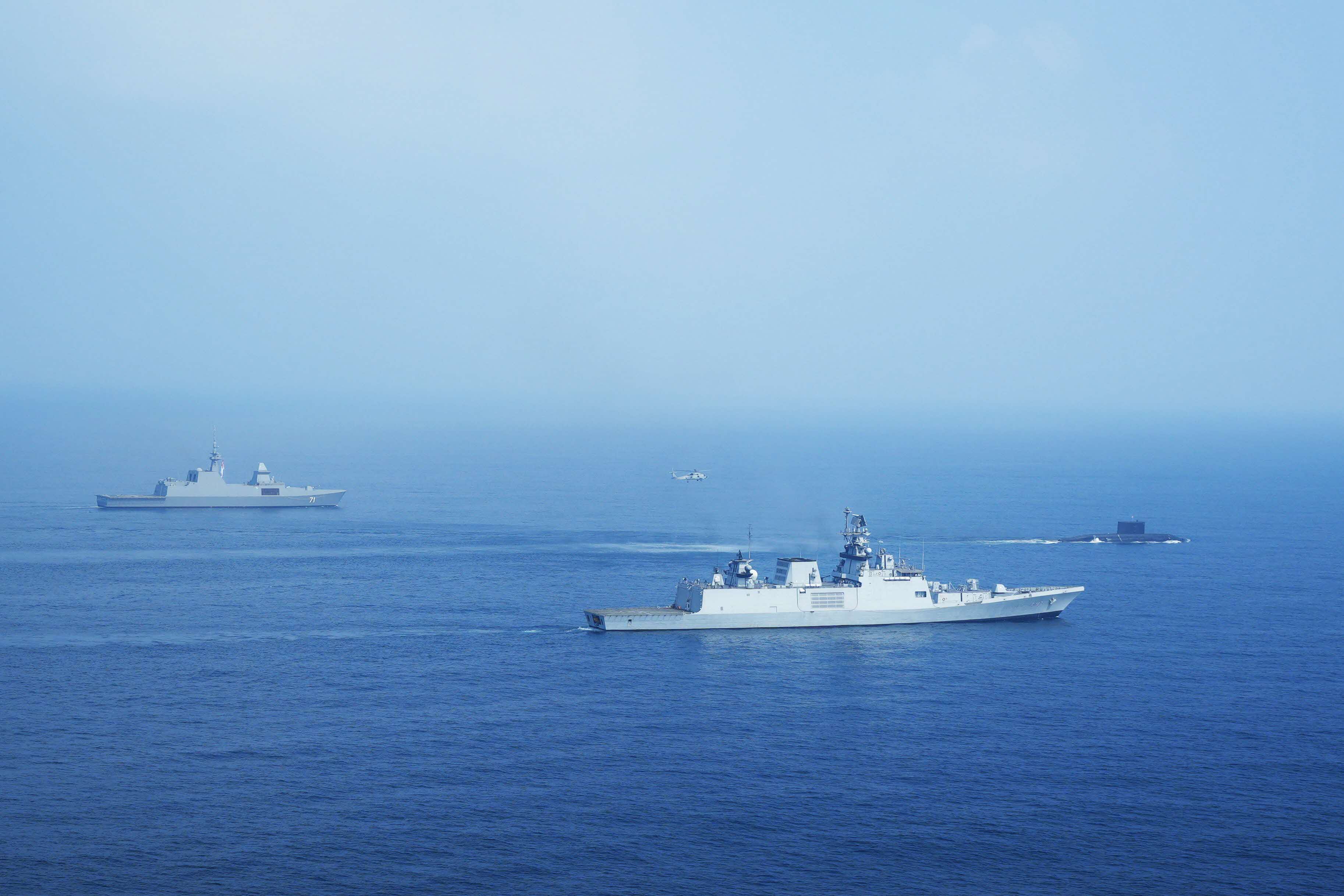
The Republic of Singapore Navy (RSN) and the Indian Navy (IN) conducted the annual Singapore-India Maritime Bilateral Exercise (SIMBEX) from 24 to 29 October 2024. This year’s exercise comprised a shore phase held at Visakhapatnam, India, followed by a sea phase held in the waters off Visakhapatnam and the Bay of Bengal.
The RSN deployed a Formidable-class frigate RSS Tenacious, with an embarked S-70B Seahawk naval helicopter. The IN participated with a Shivalik-class frigate INS Shivalik with an embarked MH-60R Seahawk, a Sindhughosh-class submarine, a P-8I maritime patrol aircraft, and two MiG-29K fighter aircraft.
Continue readingSOURCE: PTI
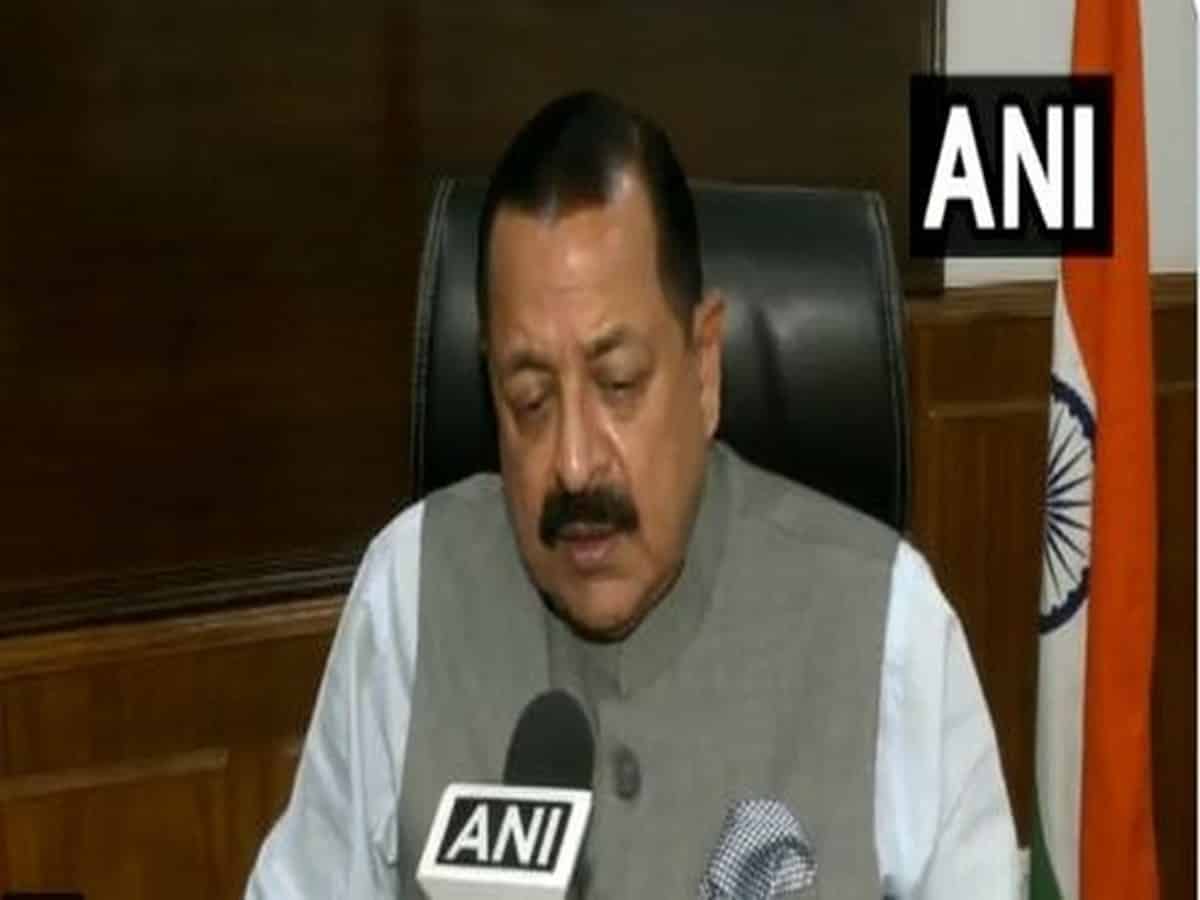
Asserting that the majority community in Kashmir will one day regret the “exodus” of Kashmiri Pandits, Union minister Jitendra Singh on Thursday said Kashmir is incomplete without their presence.
Singh said that significant positive changes have taken place in Jammu and Kashmir since the abrogation of Article 370, and that deep down, common people, including Kashmir Muslims, are happy about it. “Kashmir is no longer Kashmir without the presence of Kashmiri Pandits. The composite culture that Kashmir is already known for has been possible because of the presence of the Kashmiri Pandit community there,” Singh said addressing a function here.
Continue readingSOURCE: ANI
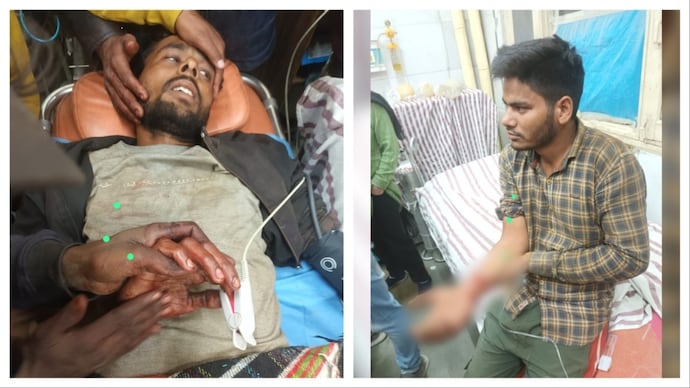
Two non-locals were injured after terrorists fired upon them in Jammu and Kashmir’s (J-K) Budgam district on Friday evening, sources said. According to official sources, both the injured were immediately taken to a nearby hospital for treatment.
Their condition was said to be stable. The incident took place at Mazhama village near Magam area of the district, they said. Following the attack, security forces cordoned off the area and launched a search operation to nab the assailants, they added. More details awaited.
Continue readingSOURCE: IANS

Along with Bangladesh nationals, the arrest of Rohingyas in the northeastern state of Tripura continues unabated, as two more Myanmar nationals were apprehended by the Border Security Force (BSF) in the state on Friday, officials said.
A BSF spokesman said that on a specific information, regarding the presence and movement of illegal migrants in the Karbook area in southern Tripura, two Rohingyas were apprehended at a bus stand by the border guarding troops of border outpost (BOP) Bhatiabari under Gomati District while they were planning to exfiltrate into Bangladesh.
Continue reading